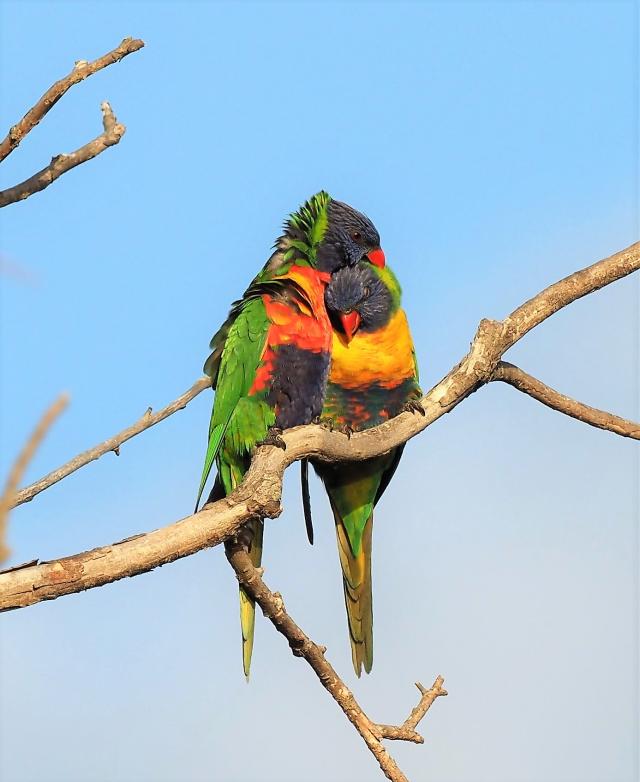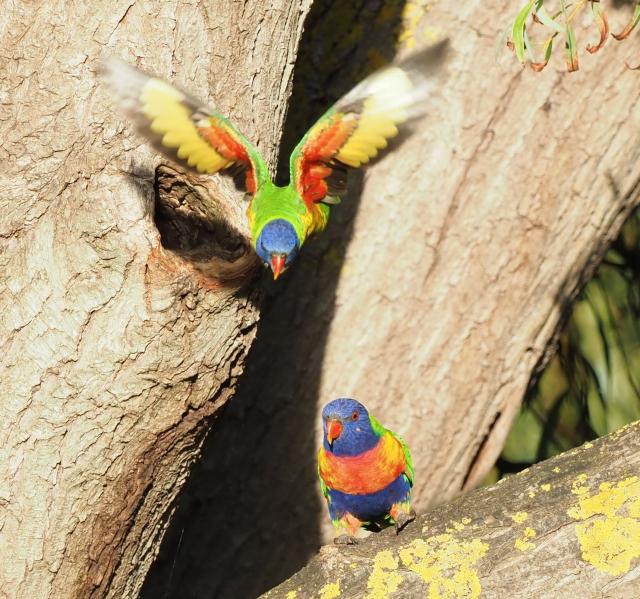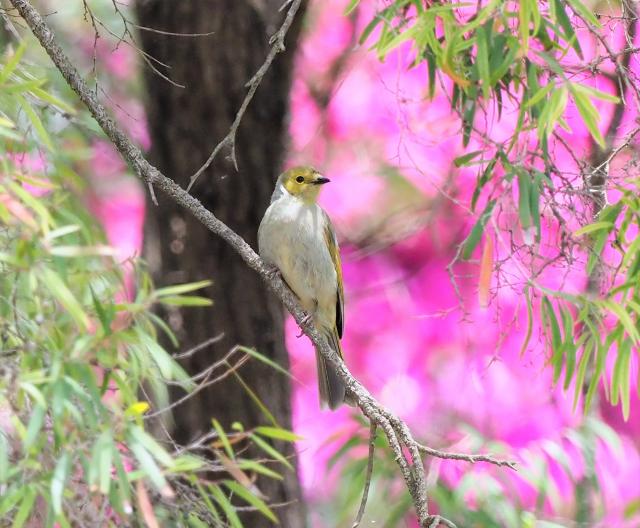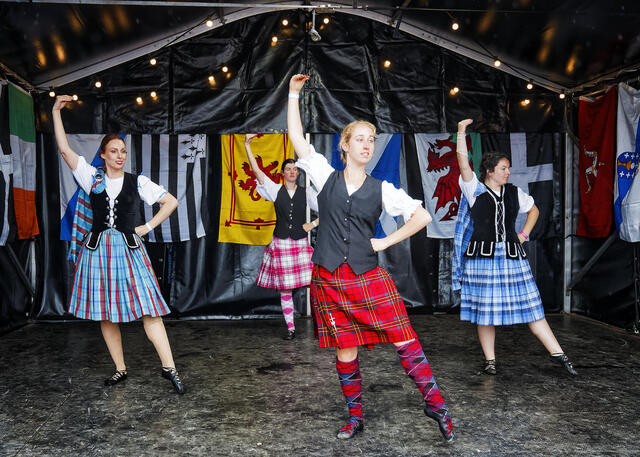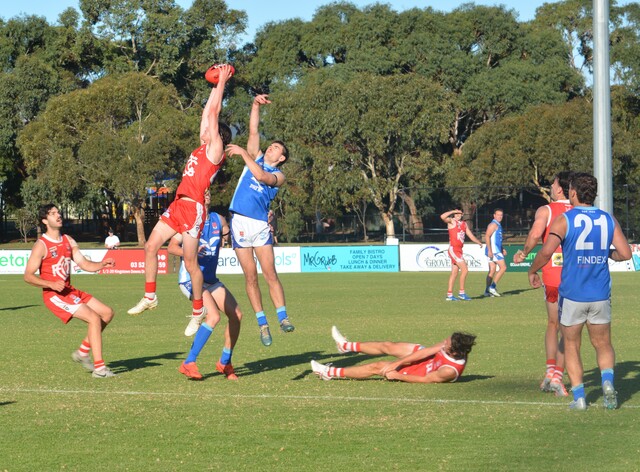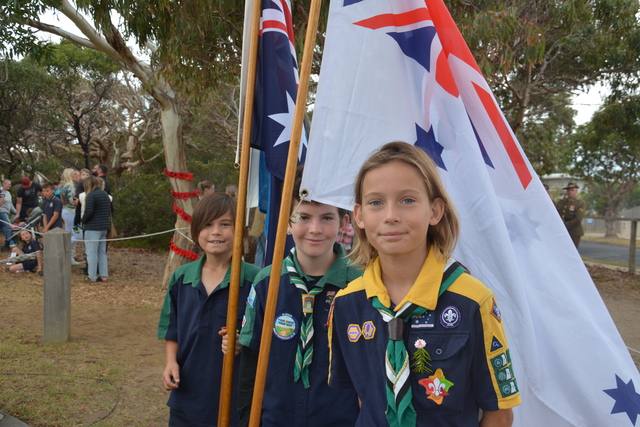I’ve been holidaying in Bermagui for the past week or so, so I have no idea about any bird sightings on the Bellarine Peninsula.
I have managed to spot over 70 species of birds in the past week in Bermagui, with the highlight seeing an azure kingfisher on the bank of Wallaga Lake. Unfortunately, I didn’t have my camera on me, and I’ve been back to that spot every day since and not seen this beautiful bird since, but I will keep trying.
Other highlights of my trip have been seeing two white-bellied sea eagles perched in the next door neighbour’s backyard, and spotting a few migratory shorebirds including an eastern curlew, bar-tailed godwits, and a lone Pacific golden plover.
I’ve also seen a Wonga pigeon, white-headed pigeon and a brown-cuckoo dove just in the neighbourhood and have been woken most mornings by the sounds of kookaburras and eastern whipbirds which is heaven.
I received a message from Leo, who observed over a dozen New Holland honeyeaters in the dunes along the Ocean Grove beach near 10W.
This honeyeater is very commonly seen around the Bellarine, and also in many areas of Southern Australia. In fact they are numerous around Bermagui as well. The New Holland honeyeater is small (approximately 18cm long) and is black, yellow and white in plumage with a white iris and a white ear patch. Male birds are slightly larger than the females.
As Leo observed, these birds can commonly be seen congregating in flocks of around a dozen birds and cause quite a noisy and active gathering.
I received an email from Alan who has been watching a rainbow lorikeet family in a hollow at Blue Waters Lake, and he has also been taking excellent photos with his new camera.
Alan waited for half an hour one morning and then watched the parent birds doing a bit of grooming before going into the hollow. According to Alan the parent birds are very quick FIFOs (fly in fly out) as they spend only a minute or two in the hollow.
So quick are they that when they fly out, even with a shutter speed of 1/1600s, Alan usually only gets a bird in two or three frames as they leave the hollow and head out again. The juvenile will be leaving the nest and fledging soon.
The lorikeets have been very active in the big flowering gums on Alan’s nature strip near Blue Waters Lake.
while mum and dad were having a feed, the juvenile lorikeet was seen learning to balance on the wire running alongside the nesting tree, which was pure joy.
Alan was also lucky enough to spot four eastern rosellas together in a large eucalypt to the east end of the lake.
Alan also took an image of a white-plumed honeyeater at Blue Waters Lake.
White-plumed honeyeaters are common throughout most of Australia except very arid areas, northern Australia and the Nullarbor. I haven’t seen many species of honeyeaters in Bermagui, and the only species I have seen here that we don’t observe around the Bellarine has been the Lewin’s honeyeater.

